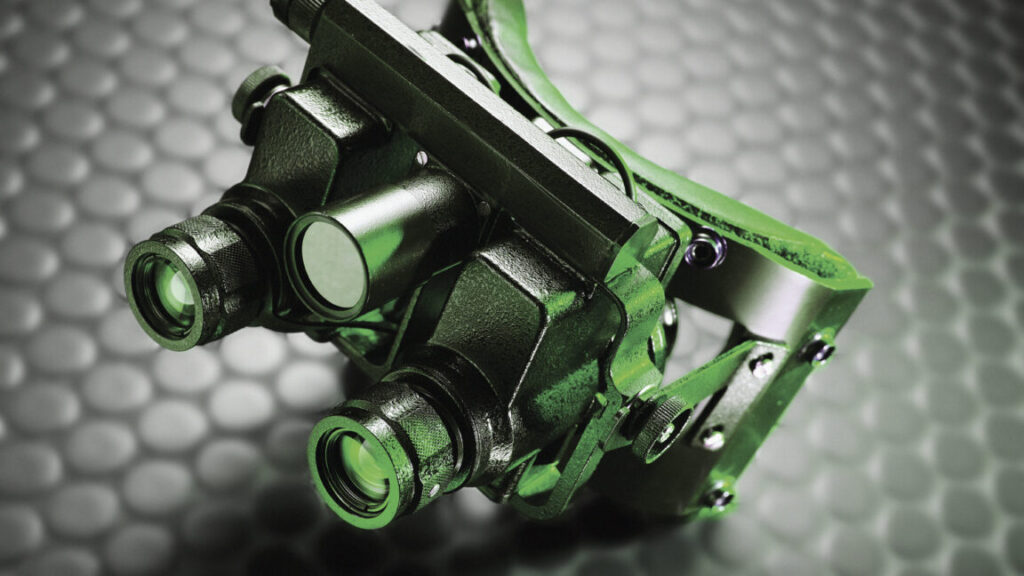New material may help us build Predator-style thermal vision specs

Military-grade infrared vision goggles use detectors made of mercury cadmium telluride, a semiconducting material that’s particularly sensitive to infrared radiation. Unfortunately, you need to keep detectors that use this material extremely cool—roughly at liquid nitrogen temperatures—for them to work. “Their cooling systems are very bulky and very heavy,” says Xinyuan Zhang, an MIT researcher and the lead author of a new study that looked for alternative IR-sensitive materials.
Added weight was a sacrifice the manufacturers of high-end night-vision systems were mostly willing to make because cooling-free alternatives offered much worse performance. To fix this, the MIT researchers developed a new ultra-thin material that can sense infrared radiation without any cooling and outperforms cooled detectors at the same time. And they want to use it to turn thermal vision goggles into thermal vision spectacles.
Staying cool
Cooling-free infrared detectors have been around since before World War II and mostly relied on pyroelectric materials like tourmaline that change their temperature upon absorbing infrared radiation. This temperature change, in turn, generates an electric current that can be measured to get a readout from the detector. Although these materials worked, they had their issues. Operating at room temperature caused a lot of random atomic motion in the pyroelectric material, which introduced electrical noise that made it difficult to detect faint infrared signals.
